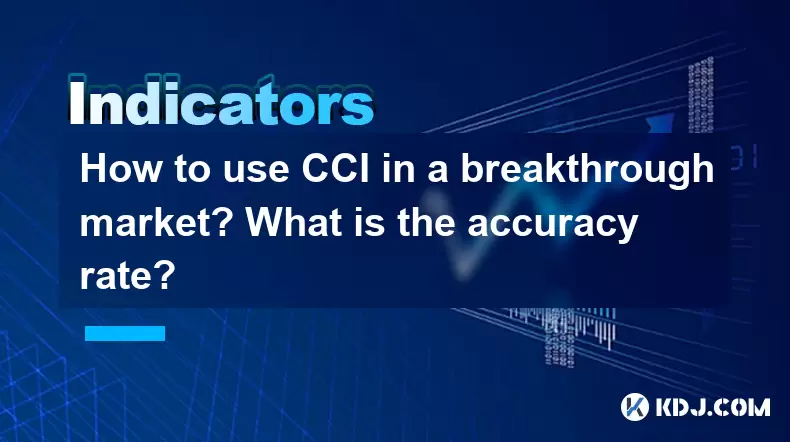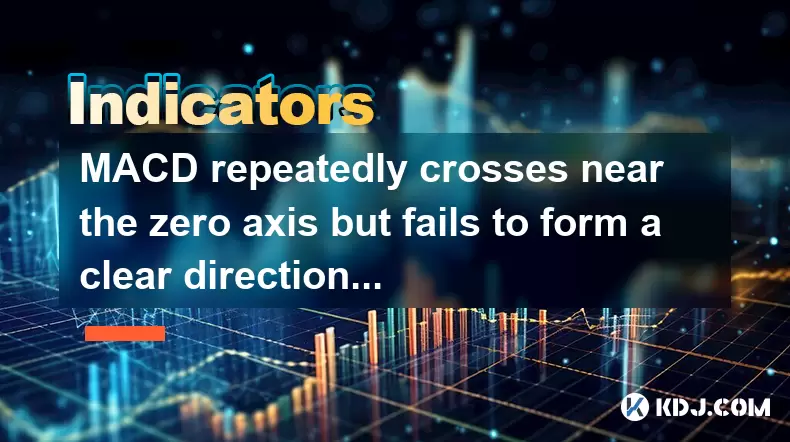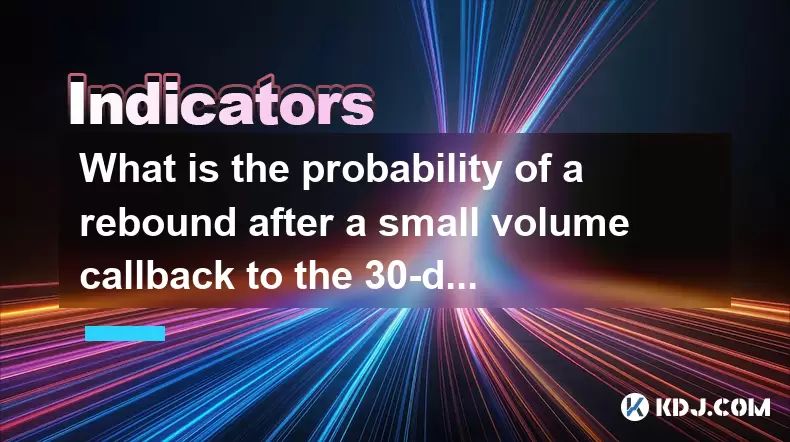-
 Bitcoin
Bitcoin $105,278.9859
4.61% -
 Ethereum
Ethereum $2,414.7741
8.20% -
 Tether USDt
Tether USDt $1.0007
0.05% -
 XRP
XRP $2.1600
7.53% -
 BNB
BNB $639.5433
3.75% -
 Solana
Solana $144.3830
9.37% -
 USDC
USDC $1.0001
0.02% -
 TRON
TRON $0.2742
3.84% -
 Dogecoin
Dogecoin $0.1640
8.57% -
 Cardano
Cardano $0.5811
7.49% -
 Hyperliquid
Hyperliquid $37.2466
5.28% -
 Sui
Sui $2.8243
14.84% -
 Bitcoin Cash
Bitcoin Cash $460.8816
2.22% -
 Chainlink
Chainlink $12.9580
11.75% -
 UNUS SED LEO
UNUS SED LEO $9.1359
1.23% -
 Avalanche
Avalanche $18.2302
10.30% -
 Stellar
Stellar $0.2463
7.80% -
 Toncoin
Toncoin $2.9151
7.18% -
 Shiba Inu
Shiba Inu $0.0...01163
9.79% -
 Hedera
Hedera $0.1532
14.01% -
 Litecoin
Litecoin $85.3310
6.29% -
 Monero
Monero $308.8215
2.90% -
 Ethena USDe
Ethena USDe $1.0007
0.03% -
 Polkadot
Polkadot $3.4259
9.42% -
 Dai
Dai $1.0002
0.01% -
 Bitget Token
Bitget Token $4.1742
3.19% -
 Uniswap
Uniswap $6.8272
8.53% -
 Pepe
Pepe $0.0...09939
12.29% -
 Pi
Pi $0.5358
6.03% -
 Aave
Aave $257.3092
12.83%
How to use CCI in a breakthrough market? What is the accuracy rate?
CCI, a momentum oscillator, helps crypto traders spot breakthroughs by signaling overbought/oversold conditions, but accuracy varies with market volatility and trader experience.
May 24, 2025 at 08:57 pm

The Commodity Channel Index (CCI) is a versatile technical indicator widely used in the cryptocurrency market to identify potential breakthroughs and trend reversals. In a breakthrough market, where prices are expected to move beyond established resistance or support levels, the CCI can be particularly useful for traders looking to capitalize on these movements. This article will delve into the specifics of using CCI in such a market, along with discussing its accuracy rate.
Understanding the Commodity Channel Index (CCI)
The Commodity Channel Index (CCI) is a momentum-based oscillator that measures the difference between an asset's price and its statistical average. Developed by Donald Lambert, the CCI is typically used to identify overbought and oversold conditions in the market. The formula for calculating CCI is as follows:
[ \text{CCI} = \frac{\text{Typical Price} - \text{SMA of Typical Price}}{\text{0.015} \times \text{Mean Deviation}} ]
Where:
- Typical Price is the average of the high, low, and close prices for a given period.
- SMA is the Simple Moving Average of the Typical Price.
- Mean Deviation is the mean absolute deviation of the Typical Price from its SMA.
The CCI oscillates around zero, with values above +100 indicating overbought conditions and values below -100 indicating oversold conditions. In a breakthrough market, the CCI can help traders identify when a significant price movement is likely to occur.
Identifying Breakthroughs Using CCI
In a breakthrough market, the CCI can be used to spot potential breakout points. Here's how to use the CCI to identify these breakthroughs:
- Monitor CCI Values: Keep an eye on the CCI values as they approach or exceed the +100 and -100 levels. A CCI value that moves beyond these thresholds may signal an impending breakthrough.
- Look for Divergences: Divergences between the CCI and the price action can be a strong indicator of an upcoming breakthrough. For instance, if the price is making higher highs while the CCI is making lower highs, this bearish divergence might signal a potential downward breakthrough.
- Confirm with Price Action: Always confirm CCI signals with price action. A breakthrough is more likely to be valid if the price breaks through a significant resistance or support level at the same time the CCI moves beyond its thresholds.
Setting Up CCI for Breakthrough Analysis
To effectively use the CCI for breakthrough analysis in the cryptocurrency market, follow these steps:
- Select a Time Frame: Choose a time frame that aligns with your trading strategy. For short-term trading, a 15-minute or 1-hour chart may be suitable, while longer-term traders might prefer daily or weekly charts.
- Add CCI to Your Chart: Most trading platforms allow you to add the CCI indicator to your chart. Navigate to the indicators section, select CCI, and apply it to your chosen time frame.
- Adjust the CCI Period: The default CCI period is usually set to 20. However, you may need to adjust this period based on the volatility of the cryptocurrency you are trading. A shorter period can provide more sensitive signals, while a longer period can offer more reliable but delayed signals.
- Set Up Alerts: Many trading platforms allow you to set up alerts for when the CCI crosses certain thresholds. Setting alerts for when the CCI moves above +100 or below -100 can help you stay on top of potential breakthroughs.
Evaluating the Accuracy Rate of CCI in Breakthrough Markets
The accuracy rate of the CCI in identifying breakthroughs can vary significantly depending on several factors, including market conditions, the cryptocurrency being traded, and the trader's ability to interpret signals correctly. Here are some points to consider:
- Market Volatility: In highly volatile markets, the CCI may produce more false signals, leading to a lower accuracy rate. Conversely, in less volatile markets, the CCI may be more reliable.
- Trader Experience: Experienced traders who understand how to interpret CCI signals in conjunction with other indicators and price action may achieve higher accuracy rates than novice traders.
- Time Frame: The accuracy of CCI signals can vary depending on the time frame used. Shorter time frames may produce more signals but with a lower accuracy rate, while longer time frames may have fewer signals but a higher accuracy rate.
It is important to note that no single indicator, including the CCI, can guarantee a 100% accuracy rate. Traders should always use the CCI in conjunction with other technical analysis tools to increase the reliability of their trading signals.
Practical Example of Using CCI in a Breakthrough Market
To illustrate how to use the CCI in a breakthrough market, let's consider a hypothetical scenario involving Bitcoin (BTC). Suppose you are monitoring Bitcoin on a daily chart and notice that the price is approaching a significant resistance level at $50,000. Here's how you might use the CCI to identify a potential breakthrough:
- Observe the CCI: You notice that the CCI has been trending upwards and is approaching the +100 level. This suggests that Bitcoin may be entering an overbought state.
- Watch for Breakthrough: As the price of Bitcoin reaches the $50,000 resistance level, the CCI moves above +100. This could be a signal that a breakthrough is imminent.
- Confirm with Price Action: You observe that the price of Bitcoin breaks through the $50,000 resistance level, confirming the CCI signal. This increases the likelihood that the breakthrough is valid.
- Take Action: Based on the CCI signal and the price action, you decide to enter a long position, anticipating further upward movement in Bitcoin's price.
Combining CCI with Other Indicators
While the CCI can be a powerful tool for identifying breakthroughs, it is often more effective when used in conjunction with other technical indicators. Here are some popular indicators that can complement the CCI:
- Moving Averages: Using moving averages can help confirm CCI signals. For instance, if the CCI indicates a potential breakthrough and the price is also moving above a key moving average, this can strengthen the signal.
- Relative Strength Index (RSI): The RSI is another momentum oscillator that can be used to confirm overbought or oversold conditions. If both the CCI and RSI are indicating overbought or oversold conditions, the signal is more likely to be valid.
- Bollinger Bands: Bollinger Bands can help identify volatility and potential breakout points. A CCI signal that coincides with a price movement outside the Bollinger Bands can be a strong indicator of a breakthrough.
Frequently Asked Questions
Q: Can the CCI be used for all cryptocurrencies, or is it more effective for certain types?
A: The CCI can be used for all cryptocurrencies, but its effectiveness may vary depending on the specific characteristics of the cryptocurrency. For instance, highly volatile cryptocurrencies like Bitcoin and Ethereum may produce more signals, but these signals may have a lower accuracy rate. Less volatile cryptocurrencies might produce fewer but more reliable signals.
Q: How can I adjust the CCI settings for different market conditions?
A: Adjusting the CCI settings involves changing the period used in the calculation. In highly volatile markets, you might want to use a shorter period (e.g., 14) to get more sensitive signals. In less volatile markets, a longer period (e.g., 28) might be more appropriate to reduce false signals. Experiment with different settings to find what works best for your trading strategy.
Q: Are there any specific trading strategies that work well with the CCI in breakthrough markets?
A: One effective strategy is the CCI Breakthrough Strategy. This involves entering a long position when the CCI moves above +100 and the price breaks through a resistance level, and entering a short position when the CCI moves below -100 and the price breaks through a support level. Always confirm these signals with other indicators and price action to increase the strategy's effectiveness.
Q: How can I avoid false signals when using the CCI in a breakthrough market?
A: To avoid false signals, use the CCI in conjunction with other indicators and always confirm signals with price action. Additionally, consider using a longer CCI period to reduce sensitivity and filter out noise. Finally, be aware of market conditions and adjust your trading strategy accordingly.
Disclaimer:info@kdj.com
The information provided is not trading advice. kdj.com does not assume any responsibility for any investments made based on the information provided in this article. Cryptocurrencies are highly volatile and it is highly recommended that you invest with caution after thorough research!
If you believe that the content used on this website infringes your copyright, please contact us immediately (info@kdj.com) and we will delete it promptly.
- Bitcoin's Bullish Consolidation: LTH Confidence Shines Through On-Chain Data
- 2025-06-24 08:25:12
- Crypto Price Pump Incoming? Toncoin, Bitcoin, and the Meme Coin Mania!
- 2025-06-24 09:25:13
- WIF Price Check: Weekly Demand, Bounce or Breakdown?
- 2025-06-24 08:25:12
- Ethereum, Israel-Iran, and Ceasefire: Navigating Crypto's Response to Geopolitical Tensions
- 2025-06-24 09:05:13
- Solana, Iran-Israel, and Crypto Sentiment: Navigating Uncertainty
- 2025-06-24 08:45:12
- Trump Media, Bitcoin Treasury, and Stock Buybacks: A Wild Ride on Wall Street
- 2025-06-24 08:45:12
Related knowledge

How to operate when the weekly MACD red column is continuously shortened but the daily golden cross is formed?
Jun 24,2025 at 10:28am
Understanding the Weekly MACD Red Column ShorteningWhen analyzing cryptocurrency markets, technical indicators such as the Moving Average Convergence Divergence (MACD) are essential tools for traders. The weekly MACD red column shortening indicates a weakening of the bearish momentum over the past week. This means that while the market is still in a dow...

What does the continuous rise of the ADX line of the DMI indicator in the downward trend indicate?
Jun 24,2025 at 05:00am
Understanding the DMI Indicator and Its ComponentsThe Directional Movement Index (DMI) is a technical analysis tool that helps traders identify the strength and direction of a trend. It consists of two primary components: the +DI (Positive Directional Indicator) and the -DI (Negative Directional Indicator). The ADX line, which stands for Average Directi...

MACD repeatedly crosses near the zero axis but fails to form a clear direction?
Jun 24,2025 at 09:28am
Understanding MACD Behavior Around the Zero AxisThe Moving Average Convergence Divergence (MACD) is a widely used technical indicator in cryptocurrency trading. It consists of three main components: the MACD line, the signal line, and the histogram. When the MACD line crosses above or below the signal line, it generates buy or sell signals. However, whe...

What is the probability of a rebound after a small volume callback to the 30-day moving average to get support?
Jun 24,2025 at 05:08am
Understanding the 30-Day Moving Average in Cryptocurrency TradingIn cryptocurrency trading, the 30-day moving average (MA) is a widely used technical indicator that helps traders identify potential support and resistance levels. It calculates the average closing price of an asset over the last 30 days, smoothing out short-term volatility and providing a...

How to interpret that the time-sharing chart shows "volume and price rise together" but the MACD red column shortens?
Jun 24,2025 at 01:08am
Understanding the Concept of 'Volume and Price Rise Together'In cryptocurrency trading, when a time-sharing chart shows that both volume and price rise together, it is typically interpreted as a sign of strong buying pressure. This means more traders are entering long positions, pushing the price higher while increasing the trading volume. This phenomen...

Is it contradictory that the moving average system is arranged in a bullish pattern but the DMI shows a decline in trend strength?
Jun 23,2025 at 11:43pm
Understanding the Moving Average and DMI RelationshipIn cryptocurrency trading, technical analysis plays a crucial role in identifying potential trends and making informed decisions. Two of the most commonly used indicators are the Moving Average (MA) and the Directional Movement Index (DMI). While both tools aim to provide insight into market direction...

How to operate when the weekly MACD red column is continuously shortened but the daily golden cross is formed?
Jun 24,2025 at 10:28am
Understanding the Weekly MACD Red Column ShorteningWhen analyzing cryptocurrency markets, technical indicators such as the Moving Average Convergence Divergence (MACD) are essential tools for traders. The weekly MACD red column shortening indicates a weakening of the bearish momentum over the past week. This means that while the market is still in a dow...

What does the continuous rise of the ADX line of the DMI indicator in the downward trend indicate?
Jun 24,2025 at 05:00am
Understanding the DMI Indicator and Its ComponentsThe Directional Movement Index (DMI) is a technical analysis tool that helps traders identify the strength and direction of a trend. It consists of two primary components: the +DI (Positive Directional Indicator) and the -DI (Negative Directional Indicator). The ADX line, which stands for Average Directi...

MACD repeatedly crosses near the zero axis but fails to form a clear direction?
Jun 24,2025 at 09:28am
Understanding MACD Behavior Around the Zero AxisThe Moving Average Convergence Divergence (MACD) is a widely used technical indicator in cryptocurrency trading. It consists of three main components: the MACD line, the signal line, and the histogram. When the MACD line crosses above or below the signal line, it generates buy or sell signals. However, whe...

What is the probability of a rebound after a small volume callback to the 30-day moving average to get support?
Jun 24,2025 at 05:08am
Understanding the 30-Day Moving Average in Cryptocurrency TradingIn cryptocurrency trading, the 30-day moving average (MA) is a widely used technical indicator that helps traders identify potential support and resistance levels. It calculates the average closing price of an asset over the last 30 days, smoothing out short-term volatility and providing a...

How to interpret that the time-sharing chart shows "volume and price rise together" but the MACD red column shortens?
Jun 24,2025 at 01:08am
Understanding the Concept of 'Volume and Price Rise Together'In cryptocurrency trading, when a time-sharing chart shows that both volume and price rise together, it is typically interpreted as a sign of strong buying pressure. This means more traders are entering long positions, pushing the price higher while increasing the trading volume. This phenomen...

Is it contradictory that the moving average system is arranged in a bullish pattern but the DMI shows a decline in trend strength?
Jun 23,2025 at 11:43pm
Understanding the Moving Average and DMI RelationshipIn cryptocurrency trading, technical analysis plays a crucial role in identifying potential trends and making informed decisions. Two of the most commonly used indicators are the Moving Average (MA) and the Directional Movement Index (DMI). While both tools aim to provide insight into market direction...
See all articles
























































































